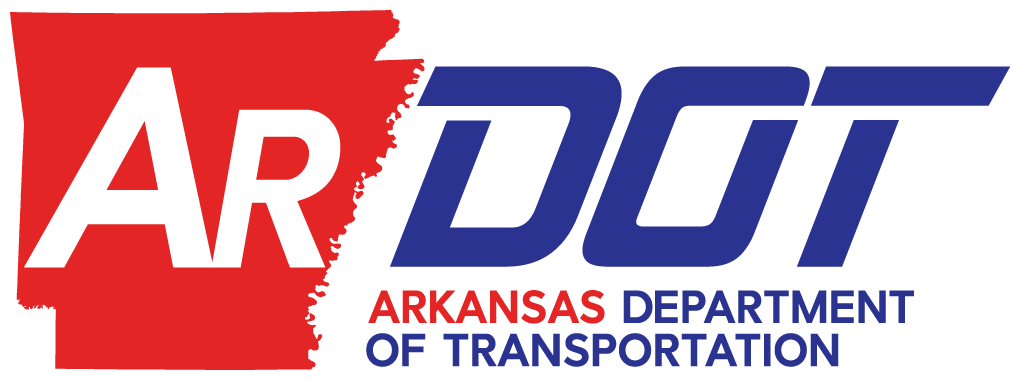Bridge preservation saves money, extends lifespan of bridges.
The Bridge Condition gauge on the front page and graph below represents the percent by bridge deck area of 2,307 Bridges that are on Arkansas’ National Highway System. The National Highway System (NHS) includes the Interstate Highway System as well as other roads vital to Arkansas’ transportation network. Non-Interstate NHS routes are major highways in rural and urban areas which provide critical linkage for travel across the state.
See the National Bridge Inventory (NBI) website for more information.

Bridge Condition is assigned during the bridge inspections. During the inspection bridge components are rated via federal standards on a 0-9 scale shown below. Bridge components consist of the Deck (driving surface), Superstructure (structure that supports the deck) and Substructure (carries the load from the superstructure to the ground). The lowest rated component from the most recent inspection is reported as the bridge condition. A Good is a rating of 7-9, Fair is 5 and 6, and Poor is 0-4.

View/Print PDF
Total Number of State Owned Bridges: 7,358
Bridges are a critical element of transportation infrastructure which provide a way across water bodies or valleys. Just as importantly, they provide access by spanning other infrastructure elements such as rail lines and intersecting roadways. While pavement can deteriorate in quality without fully losing its most basic function, a bridge must be safely constructed and adequately maintained to remain a viable travel option. Research shows that bridges in good condition allow access to essential services and have a positive impact on the economy, making their construction and maintenance worthwhile.
New bridges are designed to last at least 75 years. However, the majority of bridges in Arkansas were designed for a 50-year design life. In reality, a significant number of bridges remain in service for much longer. Just like any other feature, a bridge requires periodic preservation activities to extend its useful life. If bridge preservation work is delayed or deferred, the deterioration will quickly reach a point where more expensive repairs are needed. Delays in preservation activities result in accelerated deterioration. Upon discovery that a bridge is in an advanced deteriorated condition, load restrictions may be necessary. These bridges are generally referred to as load posted bridges. In extreme cases, the bridge may require closing until needed repairs can be completed, which would result in costly detours for the traveling public.
Research utilizing historical data demonstrates that proper maintenance and preservation prolong service life in a cost effective manner. The fiscal efficiency of preventative care leads to better management of the transportation infrastructure and less disruptions to the travelling public.
ARDOT owned bridges are inspected in accordance with State and Federal rules and regulations. The typical inspection frequency is once every two years. Some structures may be inspected more or less frequently depending on age, condition, and design.
Interactive Bridge Dashboard – Live Information
Hover over each codition to learn more.
